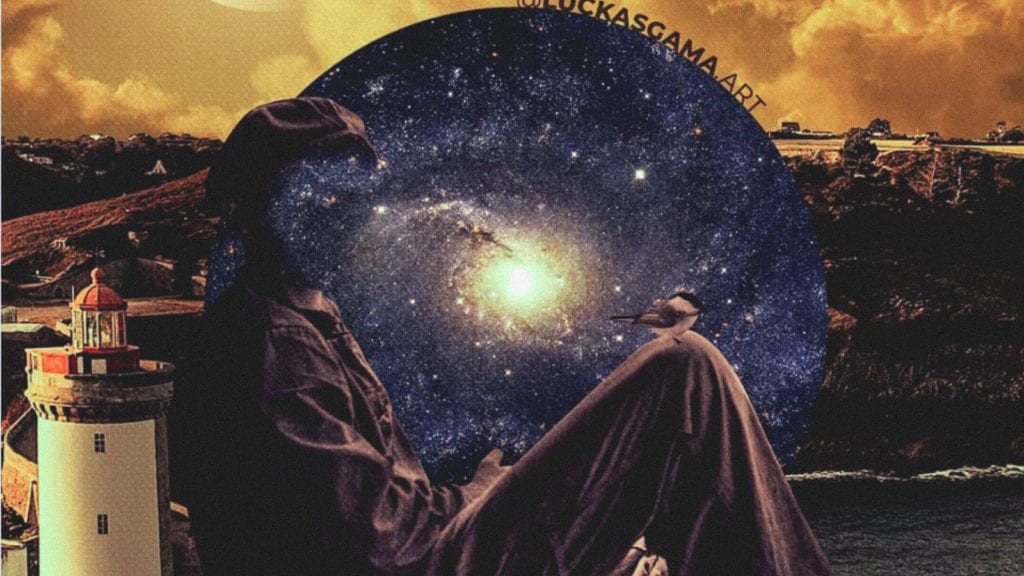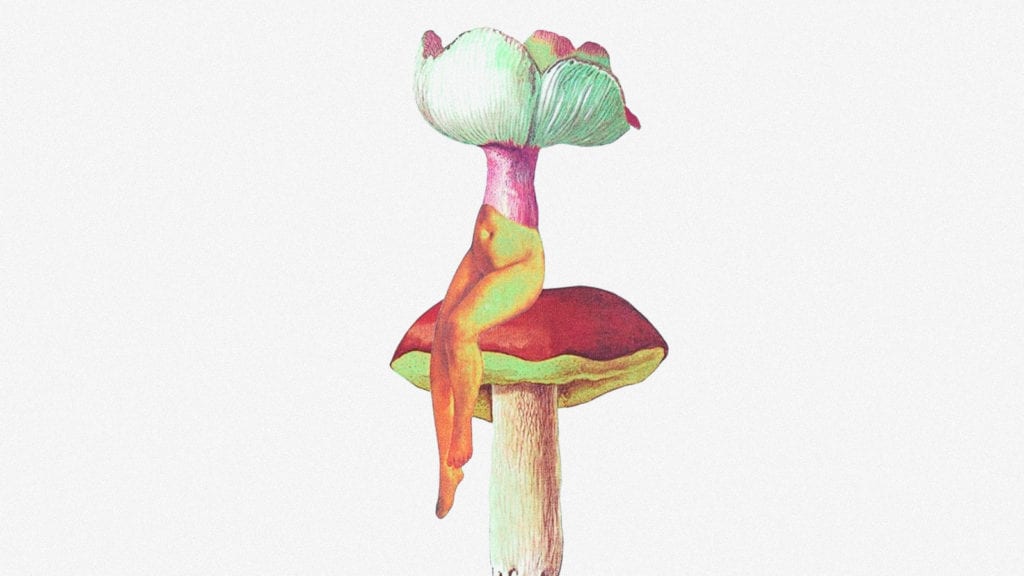-
Which system is most implicated when mixing magic mushrooms and MDMA?
Because both magic mushrooms and MDMA work on the serotonergic system, there's potential for interplay that might be dangerous.
-
What do we know about mixing the two?
There's currently no clinical trial that investigates the safety of mixing psilocybin and MDMA, so the scientific community currently doesn't have much to say about it.
-
Is it safe to mix magic mushrooms and MDMA?
Because there's no information other than anecdotal evidence, we can't assume it's safe. Plus, MDMA is illegal in Canada which means that it's never safe to possess it. Finally, the fact that MDMA isn't legal means it comes from the black market, and there's always the risk of contamination.
Mixing magic mushrooms and MDMA, otherwise known as hippie-flipping or candy-flipping, is a poly-drug cocktail that club-goers have been using for decades. Combining both the effects of psychedelia and euphoria, party-goers and existential psychonauts alike have experimented with this concoction.
There is a growing body of emerging evidence that supports the use of psilocybin mushrooms and MDMA in the treatment of a number of diseases. We’ve explored the topics of magic mushrooms and depression and even magic mushrooms and traumatic brain injuries. MDMA is currently in the spotlight for its potential in the treatment of PTSD and was granted Breakthrough Therapy status by the FDA in 2017.
With this emerging evidence is obviously growing interest; but just because new evidence is coming to the surface, it doesn’t necessarily mean that mixing magic mushrooms and MDMA is safe. Until now there’s been no clinical trial that combines the two drugs and measures the effects, and on top of that MDMA is illegal in Canada. For that reason, we don’t condone this poly-drug cocktail.
But in the interests of safety, let’s have a look at what these two drugs do in your body, how they might interact, and the consequences that this combination of chemicals might have.
MDMA’s effects on serotonergic systems.

MDMA’s main point of action is in the brain’s serotonergic system. MDMA is considered a monoamine releaser, therefore promoting the release of serotonin, dopamine, and noradrenaline. Interestingly, MDMA also increases circulating serum oxytocin.
MDMA’s effects on serotonin are also what give the user a sensation of relaxation, elation, and euphoria. It also increases cortisol levels, therefore reducing fatigue and making a person feel awake and connected to their environment. At the same time, chronic exposure to MDMA is associated with dysfunction of serotonin transporters, and therefore disruption in the way serotonin is metabolised and used. Interestingly, repeated exposure (but not chronic), potentially strengthens neural pathways.
The human body’s serotonergic system is extremely sensitive. It’s why a person isn’t allowed to take two kinds of antidepressants at the same time. It’s also what makes it dangerous to mix ayahuasca and antidepressants.
So while MDMA’s behaviour in serotonergic systems might account for what makes it therapeutic, it’s also what makes it dangerous if it’s used incorrectly.
Psilocybin’s effect on the brain.

For a long time, it’s been generally accepted that psilocybin’s way of generating a psychedelic response is through the 5HT1-A receptor — a serotonin receptor that’s part of the serotonergic system. Newer research also suggests that psilocybin acts on the GABA-ergic neurotransmitter system.
Overall, our understanding of the biological mechanisms of psilocybin are low. It is, however, commonly reported by scientists as safe and with a low toxicity profile. Which makes us think that whatever it does to serotonin isn’t as dangerous as what MDMA does. Nonetheless, knowing that it acts on the serotonergic system is enough of an alarm bell about the safety of mixing with MDMA.
What happens when you mix psilocybin with MDMA?
We don’t know exactly what’s happening biologically when a person mixes MDMA with psilocybin because there’s virtually no research. Given the low toxicity of psilocybin, it could be hypothesized that mixing MDMA with psilocybin isn’t as dangerous as mixing MDMA with alcohol or other drugs of high toxicity (even antidepressants).
At the same time, MDMA can cause overdose if too much is taken, causing serotonin syndrome. It’s also important to realise that because MDMA remains illegal, contamination is a real threat. Which would essentially mean a person isn’t just mixing MDMA and psilocybin, but other potentially toxic and dangerous substances.
Until we know more about mixing magic mushrooms and MDMA, we can’t say it’s safe. This is especially true because of potential contamination to MDMA. Without a regulated market, there could really be anything in a bag of MDMA or an ecstasy pill. Because of this, it gets harder and harder to judge the safety of mixing these two substances.
Until more research is done, it’s hard to say whether or not it’s safe to mix psilocybin mushrooms with MDMA. And more research isn’t likely until MDMA is legalised in Canada — something we hope to see in drug reform someday soon.